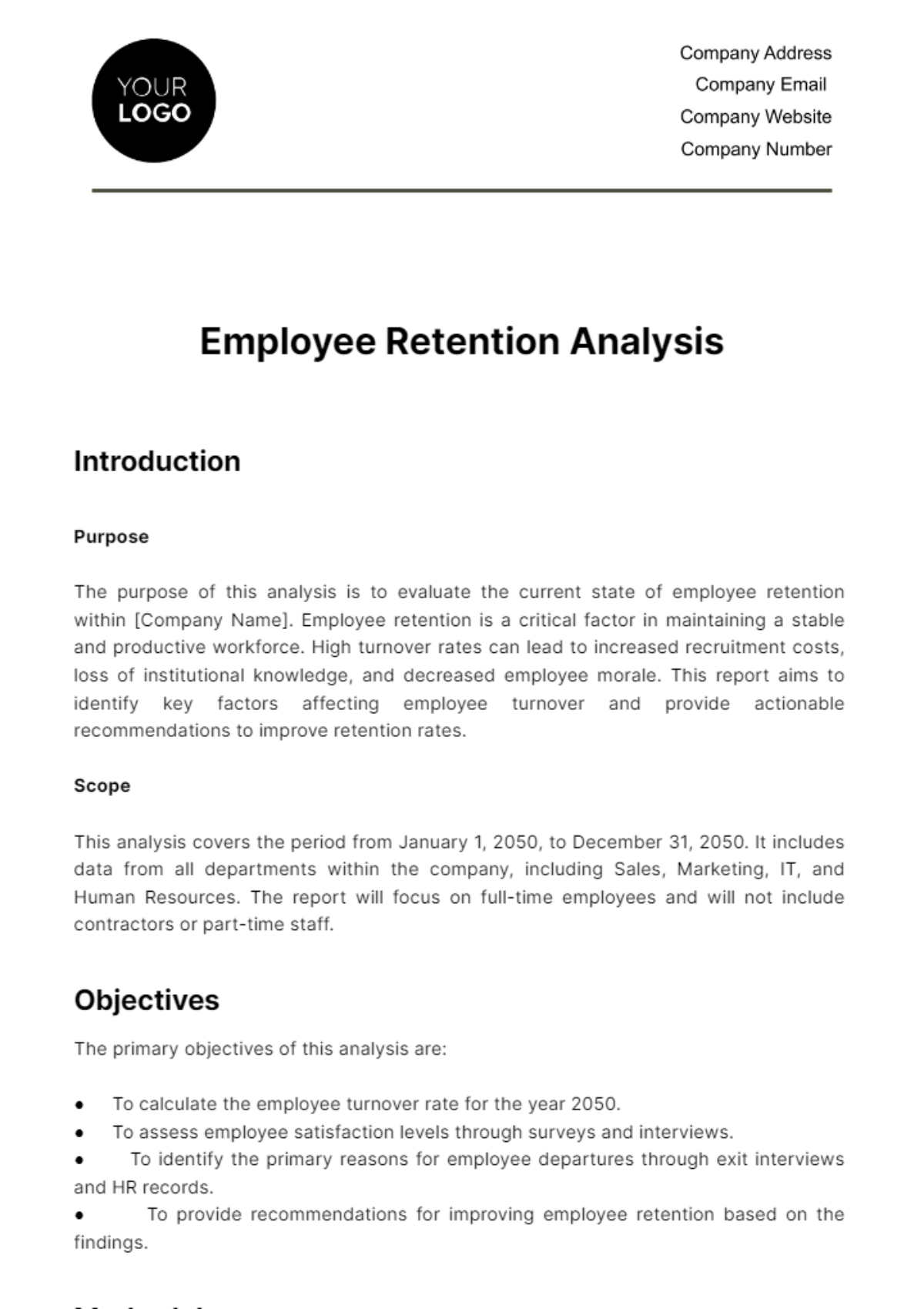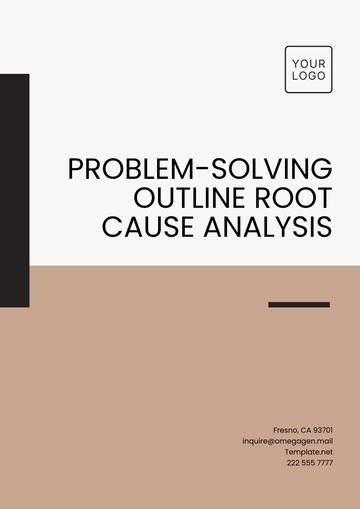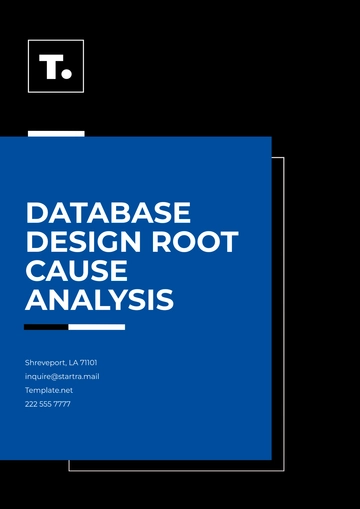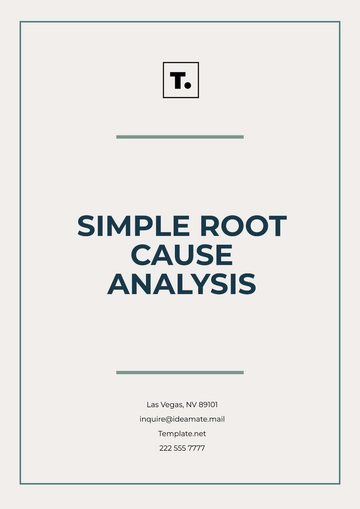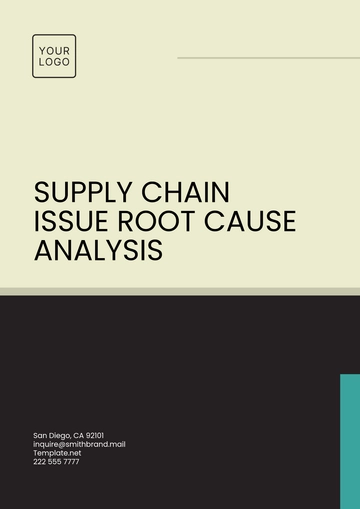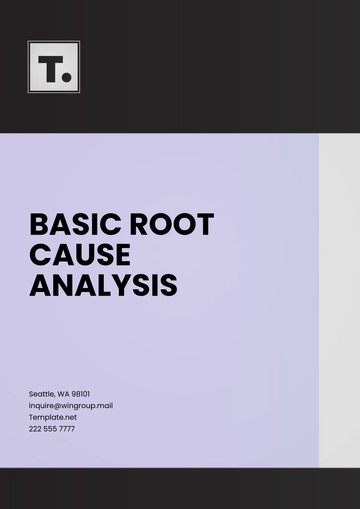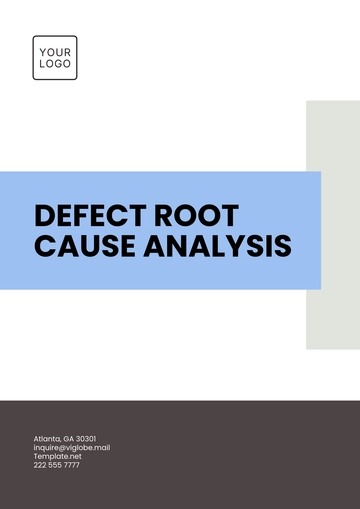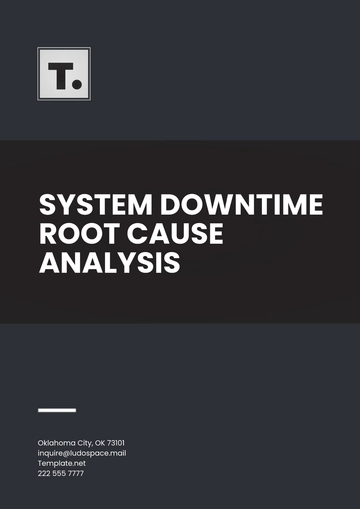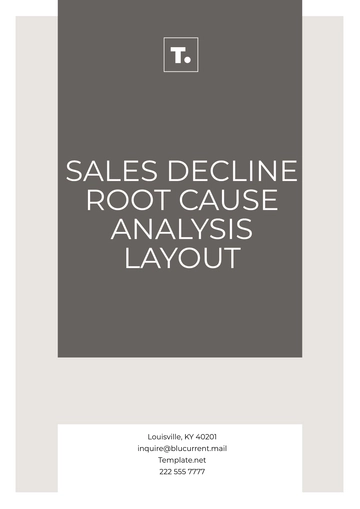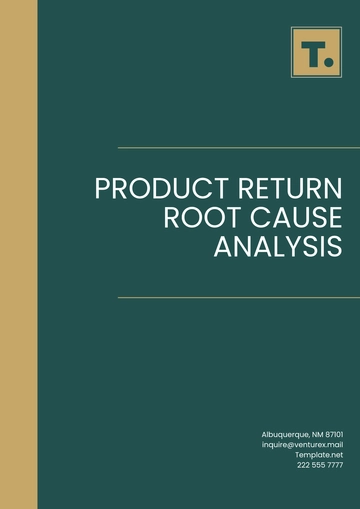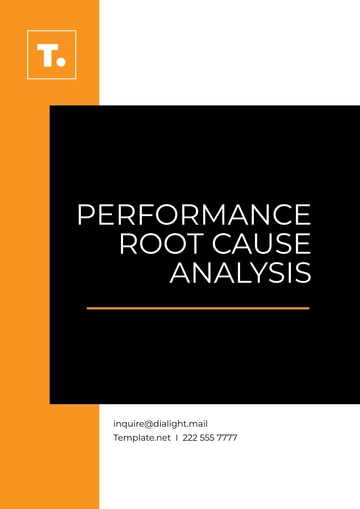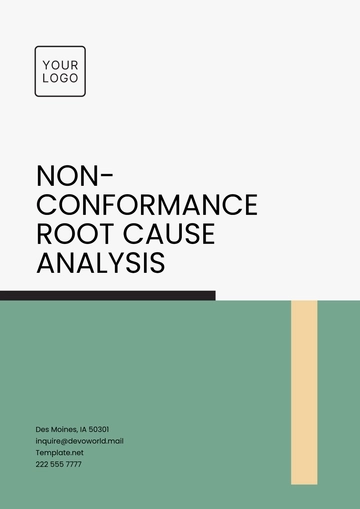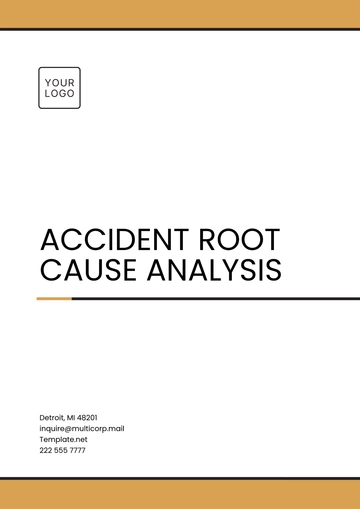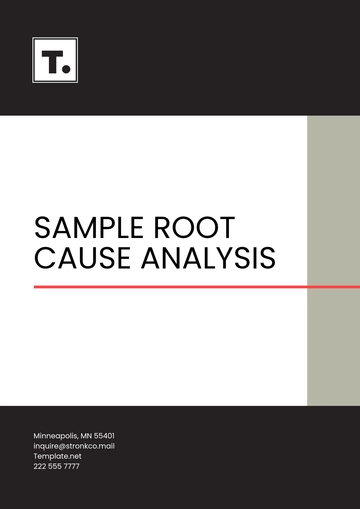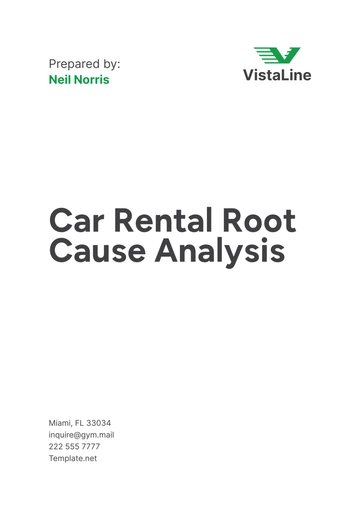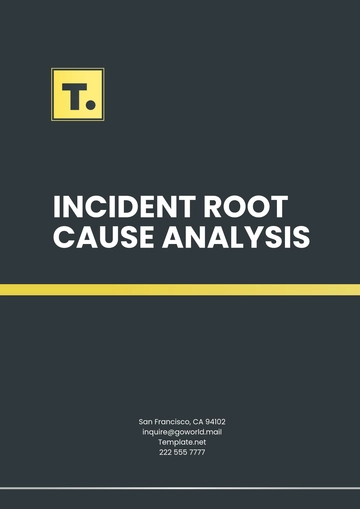Employee Retention Analysis
Introduction
Purpose
The purpose of this analysis is to evaluate the current state of employee retention within [Company Name]. Employee retention is a critical factor in maintaining a stable and productive workforce. High turnover rates can lead to increased recruitment costs, loss of institutional knowledge, and decreased employee morale. This report aims to identify key factors affecting employee turnover and provide actionable recommendations to improve retention rates.
Scope
This analysis covers the period from January 1, 2050, to December 31, 2050. It includes data from all departments within the company, including Sales, Marketing, IT, and Human Resources. The report will focus on full-time employees and will not include contractors or part-time staff.
Objectives
The primary objectives of this analysis are:
● To calculate the employee turnover rate for the year 2050.
● To assess employee satisfaction levels through surveys and interviews.
● To identify the primary reasons for employee departures through exit interviews and HR records.
● To provide recommendations for improving employee retention based on the findings.
Methodology
Data Sources
The data for this analysis will be collected from the following sources:
● HR Records: These records will provide information on employee start and termination dates, as well as reasons for leaving.
● Employee Satisfaction Surveys: These surveys will be used to gauge the overall satisfaction levels among current employees.
● Exit Interviews: These interviews will provide insights into the reasons employees choose to leave the company
Data Analysis Tools
The following tools will be used for data analysis:
● Microsoft Excel: For basic data manipulation and chart creation.
● Python (Pandas, Matplotlib): For more complex data analysis and visualization.
Data Collection
Employee Data Table
The Employee Data Table will be compiled using HR records. It will include the following columns:
● Employee ID: Unique identifier for each employee.
● Department: The department where the employee works.
● Hire Date: The date the employee was hired.
● Termination Date: The date the employee left the company, if applicable.
● Reason for Leaving: The reason the employee left the company, if applicable.
Data Analysis
Employee Turnover Rate
● Calculation
● Turnover Rate by Department
○ Departments: Sales, Marketing, IT
○ Number of Leavers: 5, 3, 4
○ Average Number of Employees: 20, 15, 25
Employee Satisfaction
● Data for Employee Satisfaction Levels
Satisfaction Level | Number of Employees |
Highly Satisfied | 25 |
Satisfied | 40 |
Neutral | 15 |
Dissatisfied | 10 |
Highly Dissatisfied | 5 |
Reasons for Leaving
Reason for Leaving | Number of Employees |
Personal | 10 |
New Job | 15 |
Work-Life Balance | 5 |
Management | 7 |
Other | 3 |
Recommendations
Based on the data analysis, the following recommendations are made:
● Improve Work-Life Balance: Implement flexible working hours and remote work options to improve employee satisfaction.
● Training Programs: Offer career development programs and upskilling opportunities to increase job satisfaction and employee value.
● Management Training: Train managers in effective communication, conflict resolution, and leadership skills to improve employee relations.
Conclusion
The analysis reveals that the company needs to focus on improving work-life balance, offering career development opportunities, and enhancing management skills to improve employee retention. Implementing the recommendations could lead to a more stable and satisfied workforce, thereby reducing turnover rates and associated costs.
HR Templates @ Template.Net
